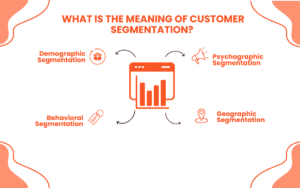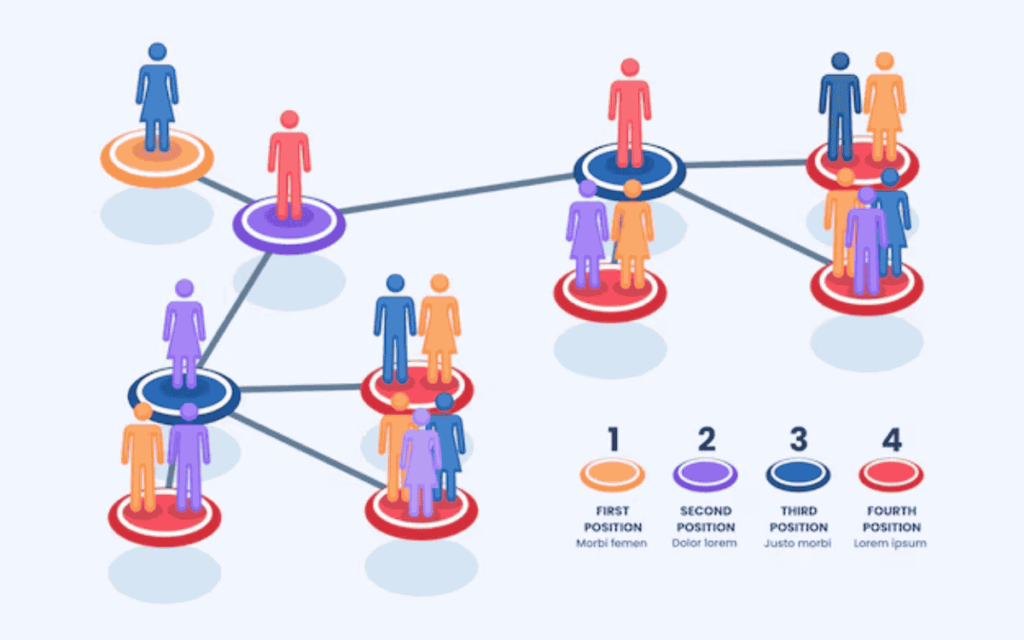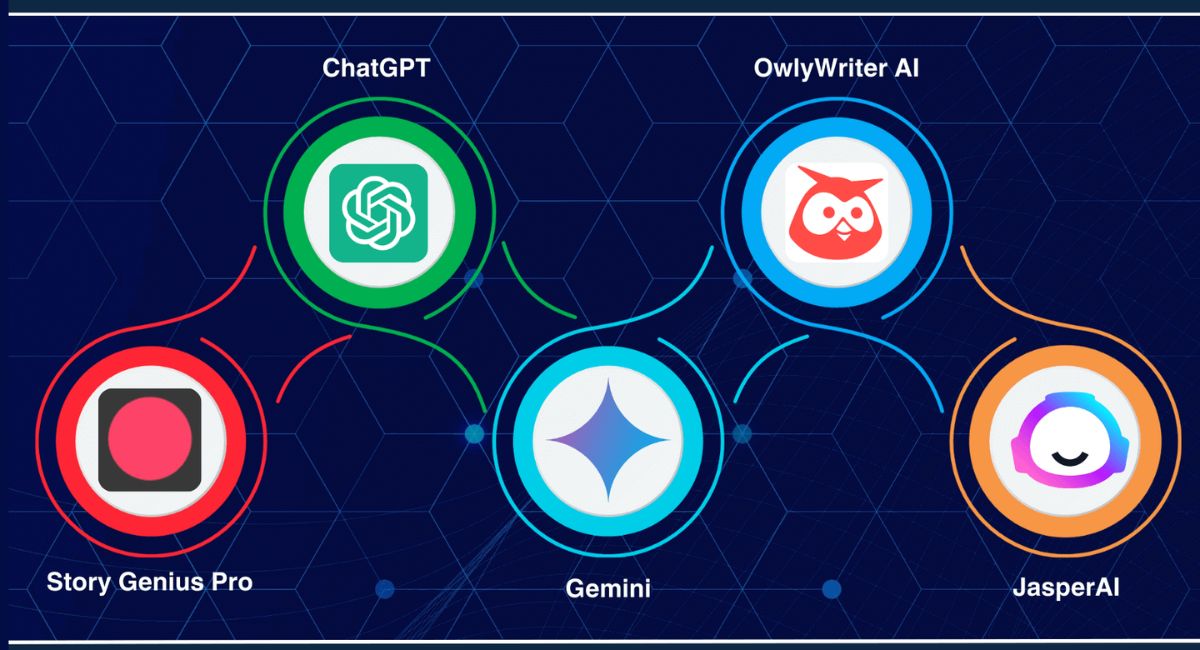In today’s business world, competition is faced by many companies, knowing your customers is not an Easy, but a necessity in the business. Firms that put in the most effort to segment and target customers appropriately would not only survive by but also excel by their strategies. In this post, we are going to analyze two closely related terms: segmentation and targeting as well as discuss. how you can use them in your marketing strategy to achieve faster business development.
what is the meaning of Customer Segmentation and Targeting?
Customer segmentation in simple terms is nothing but breaking down a customer base into more manageable groupings. This is the attempt to put your audience in a box based on things they have. This can be as basic demographic measures of age and income, all the way to more advanced psychographic measurements which are interests and values. The goal? To trace which of marketing strategies are intended to penetrate a deeper chord with each at the group personality level.
Here are some Different Types of Customer Segmentation, four main types of customer segmentation will be explained in more detail with examples below.
Demographic Segmentation:
Demographic Segmentation is possibly one of the easiest to understand. You may segment based on age, gender, income, or education. For example, if you operate in a high-end fashion niche, your marketing efforts would be based on targeting the ‘Wealthy consumers’ while a material store-based marketing strategy would target ‘price-conscious consumers’.
Geographic Segmentation:
Here, you think about where your customers are based. Customizing your goods or services to suit a particular region can go a long way in the company’s favor. For example, there will be a restaurant in California that is fresh in quality organic foods while another restaurant in Texas may be selling well-prepared barbeque meats.
Psychographic Segmentation:
This approach provides a deeper analysis. It’s about understanding your customer’s
- lifestyles
- values and
- attitudes.
If you know what is more like your Customer, then you can easily approach your customer.
Behavioral Segmentation:
This type focuses on the customers activities that are customers habit, this could be Purchase behavior or brand association/identification. This way, you will notice certain patterns of customer interaction with your brand and make necessary changes. you can identify patterns of customer interaction that help you Shape your approach.

why should you care about Customer Segmentation and Targeting?
When you target specific segments, your marketing efficiency becomes much more relevant. This results in increased conversion rates and therefore better return on investment (ROI).
Knowing what your customers want allows you to provide personalized experiences. Such attention can greatly increase consumer satisfaction and improve the consumer-bank relationship.
Smart Resource Allocation By focusing on high-potential segments, you can spend your marketing budget more wisely and maximize your efforts.
Companies with better insight into customers are always ahead of their industry Compotators. According to this analysis, segmentation allows you to promote the distinguishing positioning of your products or services in a competitive market environment.
Targeting: Next Level to grow your business.
Once a company has defined its customer segments/groups, the next step is targeting. This means choosing which segments to target. It is important to consider factors like segment size, growth potential, and how well each segment aligns with your overall business goals.
Here are a few Targeting Strategies to Grow your Business:
Undifferentiated Targeting This is a throw-a-blanket approach. You promote it to all the audience at once with one sole proposition. This can prove useful particularly where the product is one that is for general use in the market.
Differentiated Targeting With this strategy, you develop a unique marketing program for market segments. Then, you can create meaningful messages that would appeal to each group’s specific audience.
Concentrated Targeting:
Here, you focus on one specific market segment. This can help you build deep expertise in that niche and create a loyal customer base.
Micromarketing’s highly personalized approach targets very specific individuals or small segments. It is very useful if your firm is designing a specific product or if it is a local firm in a particular region.
Conclusion
In a world where customer segmentation holds the throne, mastering customer segmentation and targeting is vital for any business looking to grow. In the case of analyzing a company’s customer base, a company will be in a position to segment its market, and hence it will be easier to market suitable products that will satisfy specific segments increasing satisfaction and hence overall loyalty.
At Global Entrepreneur Insights, we know that proper segmentation and targeting can be a way to change your entire marketing approach using data and insights. This not only assists in reaching your audience but also leads your business to the optimal point it can reach.
So, why wait? Adopt these strategies now and see how you will change your business fortunes to visit our website !














